František Kupka, born in 1871 in Austria-Hungary, was a Czech painter and graphic artist. He was an early adopter and co-founder of the abstract art movement as well as orphic cubism. Although his work was initially based on realism, he eventually moved to purely abstract art.
In 1889 he spent three years studying at the Academy of Fine Arts in Prague where he painted historical and patriotic themes. He then enrolled at the Academy of Fine Arts in Vienna where he focused his attention on the symbolic and allegorical subject matter.
Kupka’s first exhibition was at the Kunstverein in Vienna, 1894. His interest in theosophy and Eastern philosophy emerged at this time. In the same year, he settled in Paris, where he briefly attended the Académie Julian before studying at the Ecoles des Beaux-Arts.
During his early years in Paris Kupka found work as an illustrator of books and posters. Through this work, he became known for his satirical drawings published in newspapers and magazines.
During this time Kupka was heavily influenced by the Fauvist and Neo-impressionist paintings he would see in Parisian galleries. This pushed him to begin experimenting with different styles.
In 1909, Kupka began to drift from his representational style with his piece titled Piano Keyboard/Lake. His work became more and more abstract around 1910-11 as he used his art to explore his theories surrounding color, motion, and the relationship between music and painting.
His style became known as Orphism, although Kupka didn’t want to be associated with any particular art movement. In 1912, he exhibited his Amorpha. Fugue à deux couleurs at the Salon des Indépendants. His work was displayed in the cubist room despite the artist’s rejection of being associated with one particular art movement.
In 1913, Kupka completed a book titled Creation in the Plastic Arts. This book was eventually published in 1923 in Prague. In 1931, Kupka was a founding member of the group Abstraction-Création, a loose group of artists formed to counteract the influential Surrealist group led by Andre Breton.
Kupka’s work was exhibited in North America for the first time in 1936. His work was included in the Cubism and Abstract Art exhibition at the Museum of Modern Art in New York City. Over the years Kupka had several solo shows in New York and finally gained general recognition in the early 1950s. Just before his death, Kupka gave nearly 500 drawings to the Museum of Modern Art in which he continued to explore nonrepresentational art.
Kupka’s strong interest in color theory is obvious in his work. The subject of many of his pieces is the dominant color of the piece as opposed to the subject matter. For example, his piece The Yellow Scale. Despite being a self-portrait, the subject of the piece is the color yellow. He believed that color should be free from descriptive associations and attempted to portray this in his work. Art critics believe he was successful at this attempt.
Kupka died in 1957 in the Parisian neighborhood of Puteaux.
1. The Beginning Of Life
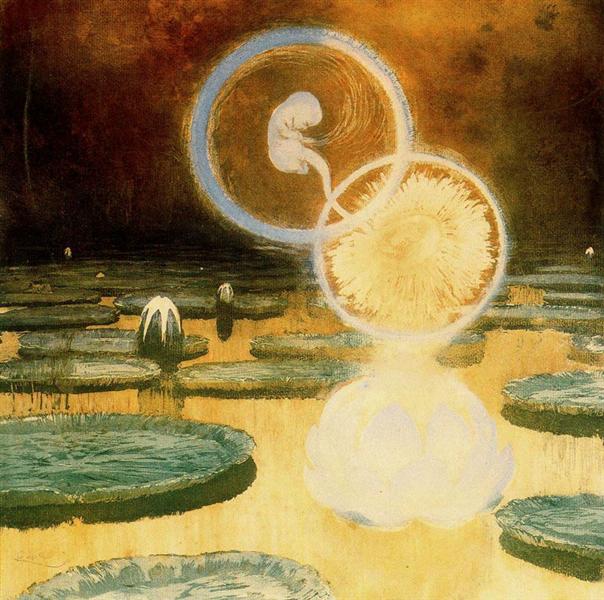
‘The Beginning of Life’ was created in c.1900 by Frantisek Kupka in Symbolism style.
2. The Wave
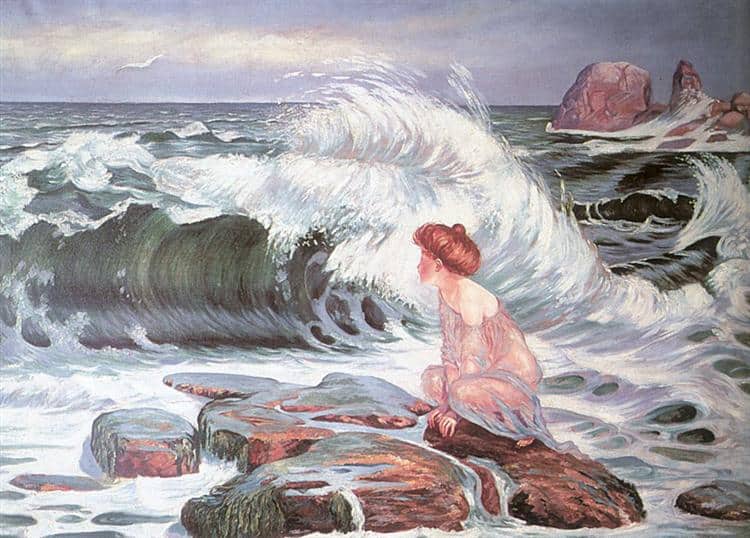
The Wave was created in Paris during the year 1902, Frantisek Kupka followed the symbolist tradition. Depicted among the raging elements the girl seems part of the element.
3. Woman Picking Flowers

‘Woman Picking Flowers’ was created in 1909 by Frantisek Kupka in Orphism style.
4. Organisation Of Graphic Motifs
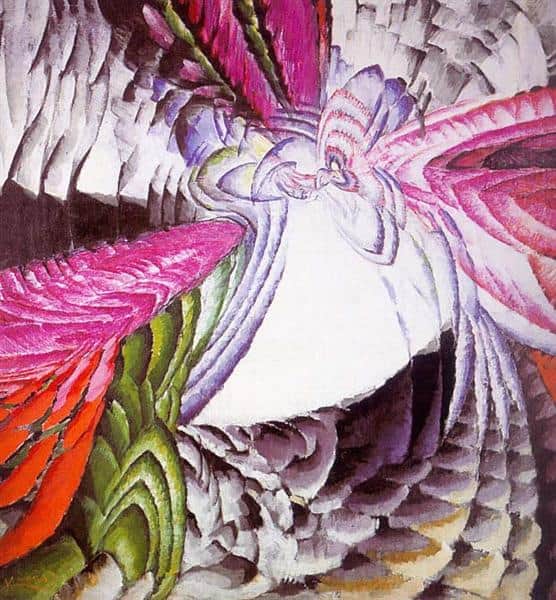
In Organization of Graphic Motifs created by Frantisek Kupka in the year c.1912 all the elements of the composition converge into a single focal point, into a sort of window onto the infinite.
5. Music
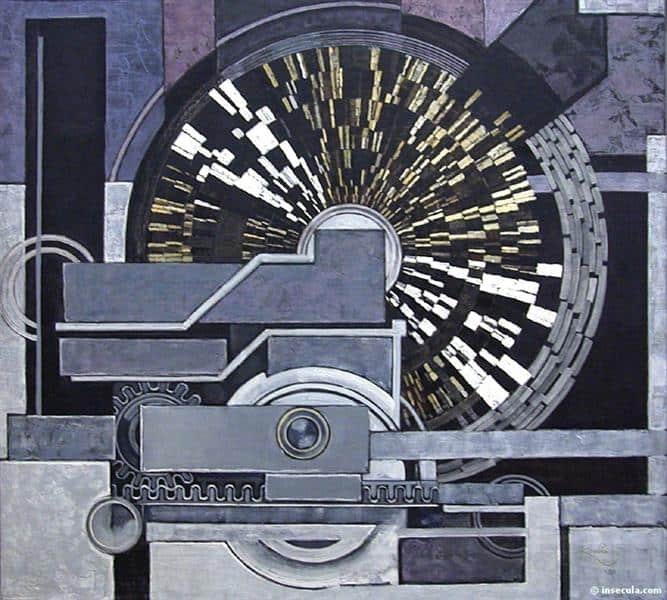
‘Music’ was created in 1936 by Frantisek Kupka in Constructivism style.
6. Two Grays II
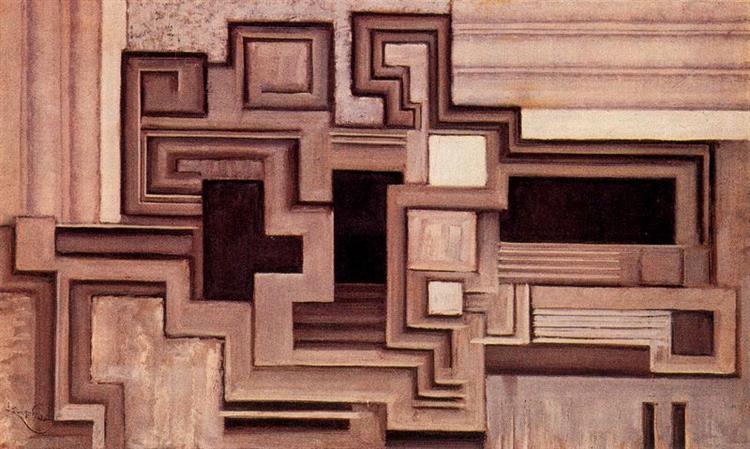
Frantisek Kupka was a pioneer of abstract art and he created Two Grays II in 1928 in Orphism style.
7. Two Grays I
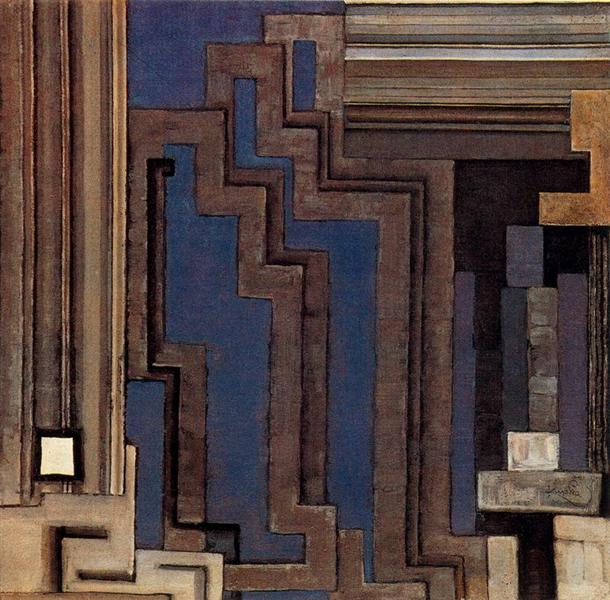
‘Two grays I’ was created in 1928 by Frantisek Kupka in Orphism style.
8. Fanny Machine – The machinery
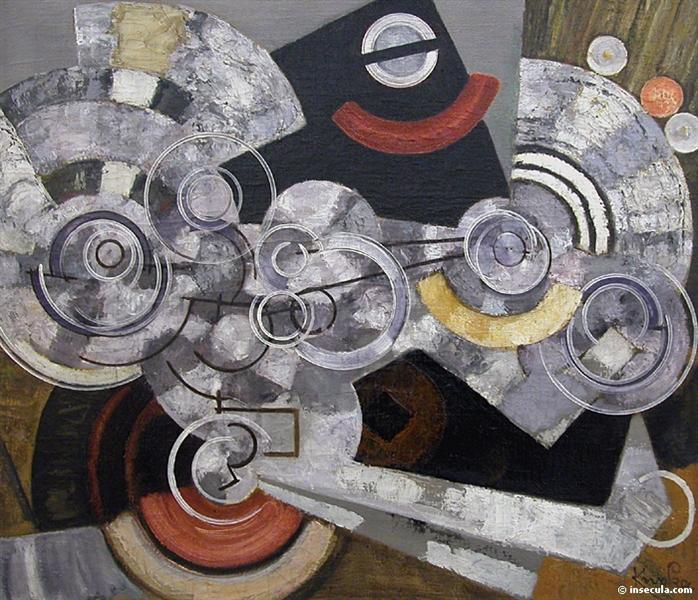
‘Fanny Machine – The machinery’ was created in 1928 by Frantisek Kupka in Constructivism style.


